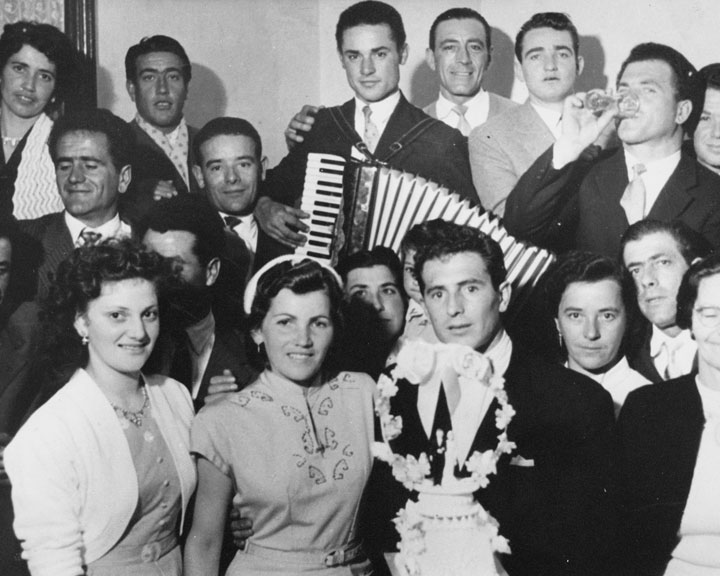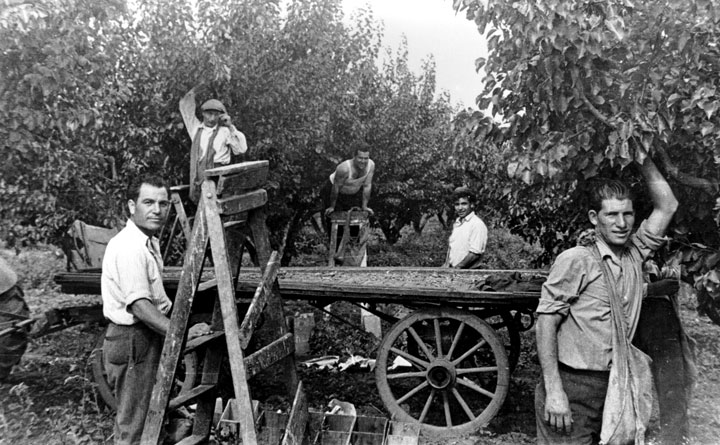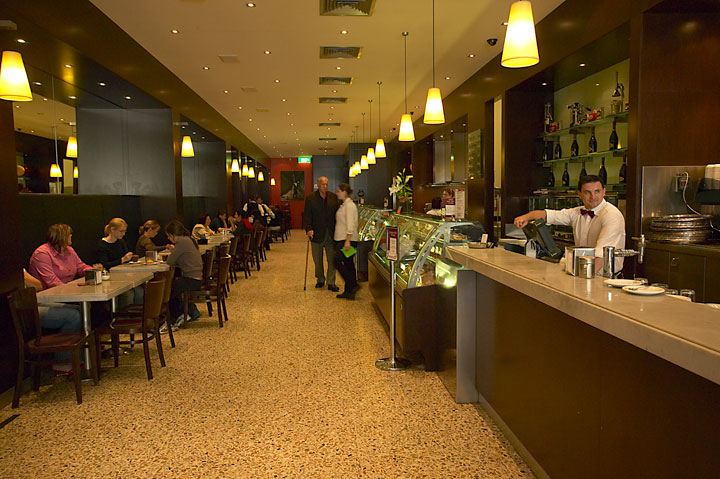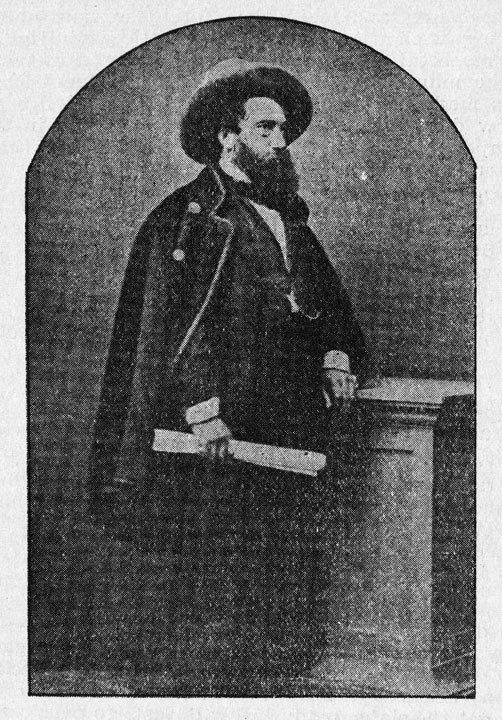Immigration History from Italy (Italian) to Victoria
La presenza italiana in Australia precede nel tempo l’arrivo della Prima Flotta. James Matra e Antonio Ponto, ambedue di origine italiana, erano a bordo della nave Endevour con il capitano James Cook, nel suo viaggio di scoperta del 1770. Il galeotto Giuseppe Tuzo giunse con la Prima Flotta e fini’ per stabilirsi a Sydney.
Centinaia di italiani furono attratti nel Victoria dalle corse all’oro del 1850 e fra di loro Raffaello Carboni, che assistette, documentandola, alla famosa Eureka Stockade del 1854, quando ebbe a chiamare le azioni dei soldati” un atto infame, degno di demoni”.
Quando l’oro si esauri’, molti italiani lasciarono il Victoria per andare a lavorare in altre parti d’Australia. Quelli che rimasero, formarono piccole comunita’, in prevalenza agricole, nelle zone di campagna dello stato. L’associazione culturale italiana Societa’ Dante Alighieri apri’ una sezione in citta’ nel 1896, la sua prima fuori d’Italia. A quell’epoca circa 1.500 italiani vivevano nel Victoria. Molti lavoravano come manovali, artigiani, artisti, medici, agricoltori, commercianti al dettaglio, fabbricanti e scienziati. Ingegneri, quali Carlo Catani e Ettore Checchi, trasformarono la citta’ di Melbourne e diressero progetti di irrigazione e raccolta delle acque in varie parti dello stato.
Gli italiani continuarono a stabilirsi in Victoria nei primi anni del ventesimo secolo, molti per sfuggire alle difficolta’ economiche che incontravano in patria. Tuttavia la legge sull’immigrazione del 1925 creo’ un sistema di quote che limitava l’ingresso di persone da determinati paesi, e nel 1928 il numero di immigrati italiani in Australia era strettamente limitato.
Dopo la prima guerra mondiale l’immigrazione italiana aumento’ drammaticamente, includendo un grande numero di lavoratori agricoli provenienti dalle regioni dell’Italia meridionale fra cui la Sicilia e la Calabria. Poiche’ molti dei nuovi arrivati erano uomini non sposati, i matrimoni per procura con donne che stavano in Italia divennero una pratica comune.
Il numero di residenti del Victoria nati in Italia raggiunse la sua punta massima nel 1971 con 121.000 unita’. Poi l’immigrazione italiana diminui’, ma quella italiana rimane una comunita’ numeroso, con 76.906 persone nate in Italia, iscritte nei registri del censimento del 2011. Gli abitanti del Victoria di origine italiana continuano a contribuire allo sviluppo culturale ed economico dello stato attraverso le loro conquiste in tutta una serie di settori industriali e professionali.



